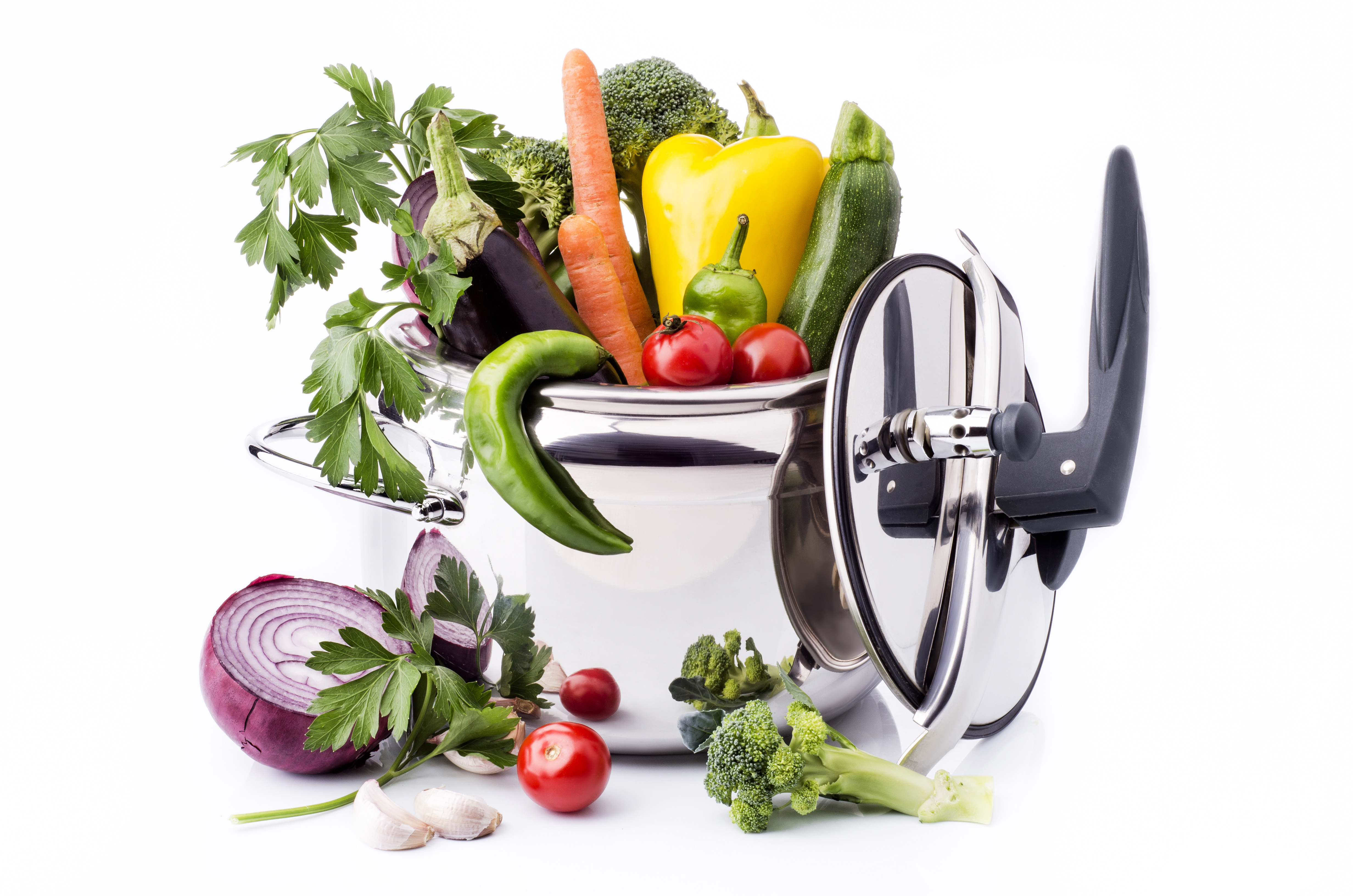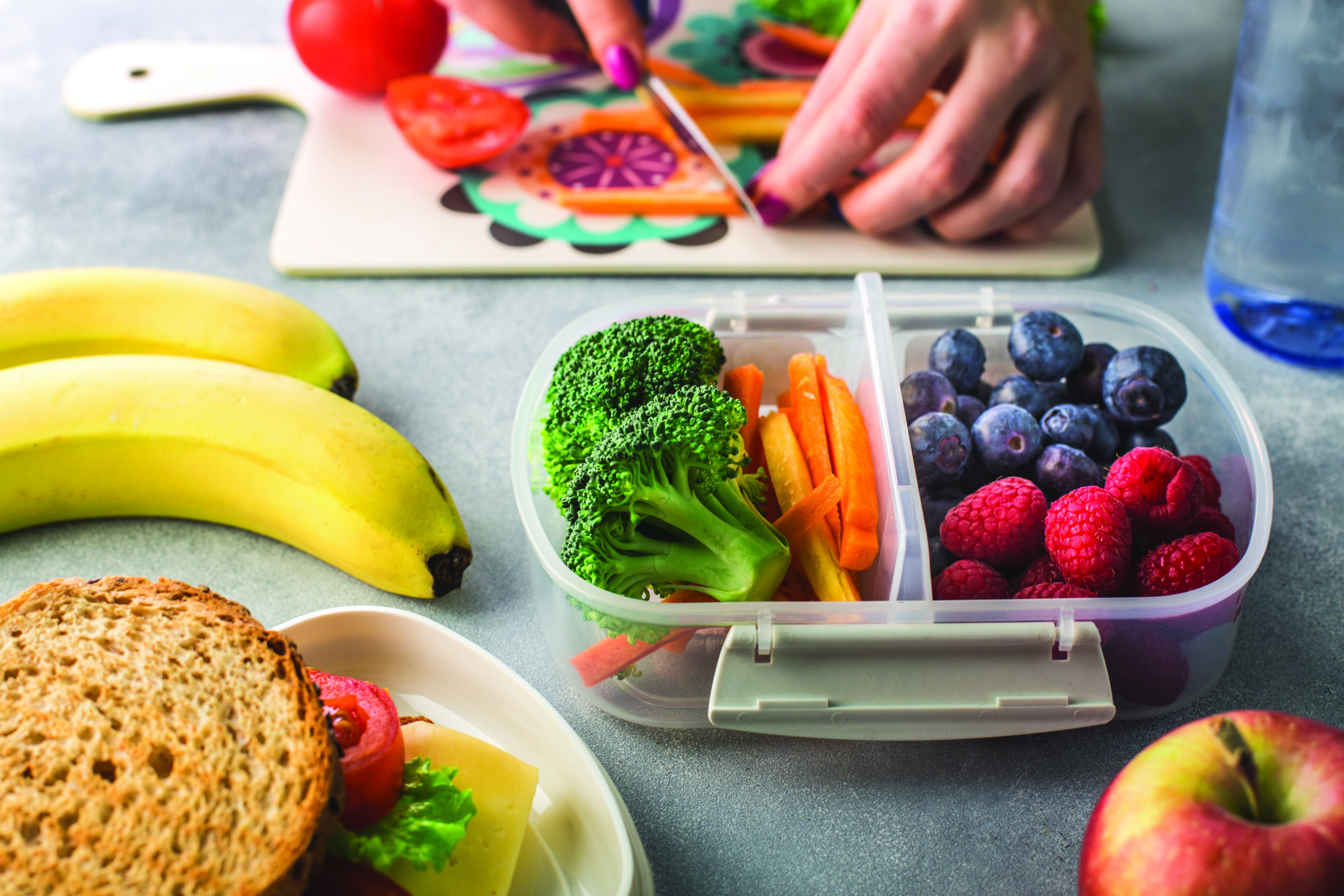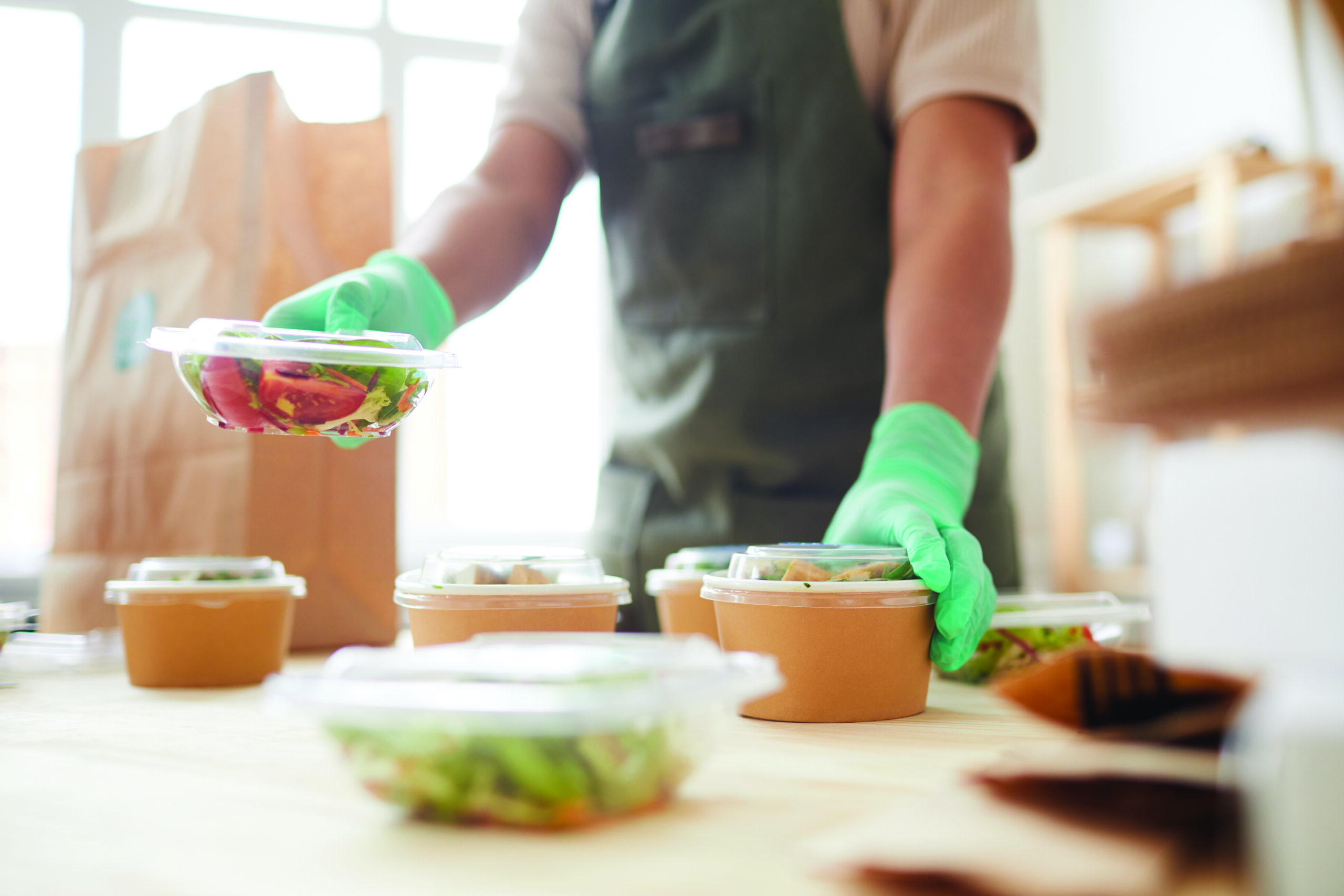Insta Pot pressure cookers are the current cooking rage for all types of foods. Insta Pots are able to increase the boiling point of water over conventional cooking methods such as slow cookers, ovens and stove-tops, which—along with the steam and pressure generated by the cooking process—reduces cooking times. Shortened cooking times means pressure cookers are more energy efficient than other cooking methods. Also, since steam can’t escape pressure cookers, foods do not dry out during the cooking process. To the contrary, the pressure that develops in the cooker forces the steam moisture created during the cooking process into the food. While the process sounds great, the first question most people ask is whether pressure cookers destroy food nutrients during the cooking process.
It is a fair question, since food is cooked so much quicker with pressure cookers. Many think the faster cooking times is because high heat is utilized, and that high heat has negative effects on nutrition retention as it may with broiling or grilling. But as noted above, the quicker cooking times are the result of the higher water boiling point of pressure cookers along with the steam and pressure generated in the cooking process. So, pressure cookers actually use lower heat to do the cooking, but the cooking is faster.
The reality, however, is that all methods of cooking reduce nutrient levels in food, but all methods are not equal when it comes to how much those levels are reduced. According to a study done in the mid-90s, pressure cooking is the best method for nutrition retention with a general rate of 90 to 95 percent. The belief is that shorter cooking times translates to less nutrient depletion. Steaming and roasting methods come in second, with a range of 50 to 90 percent retention. Boiling foods is the worst for nutrition retention, with a range of 40 to 75 percent.
Although the general rule is that all cooking methods reduce nutrient levels to some extent, studies show that pressure cooking increases certain levels of nutrients in cooked foods. For instance, the antioxidant levels in quinoa shoots up 33 percent over uncooked quinoa, and 18 percent over other cooking methods. Pressure cooking also leads to more retained proteins in meats like chicken.
As an aside, pressure cooking offers benefits other than just nutrient retention. Pressure cooking potatoes and letting them cool actually converts starches to a “resistant” form that the body uses like fiber, resulting in lower fats and blood cholesterol. Pressure cooked foods are also more flavorful, because they contain more nutrients and vitamins. Additionally, pressure cooking kills bacteria that causes food borne illnesses. Finally, pressure cooking allows for safe cooking of frozen meats.
And last but not least, a pressure cooking pro tip: There is some evidence that nutrients can be transferred from food being cooked to the liquid it is being cooked in during the cooking process. As such, using the liquid from the cooking process in the final dish maximizes nutrient content of the meal. Think gravies, sauces and the like!








Leave A Comment